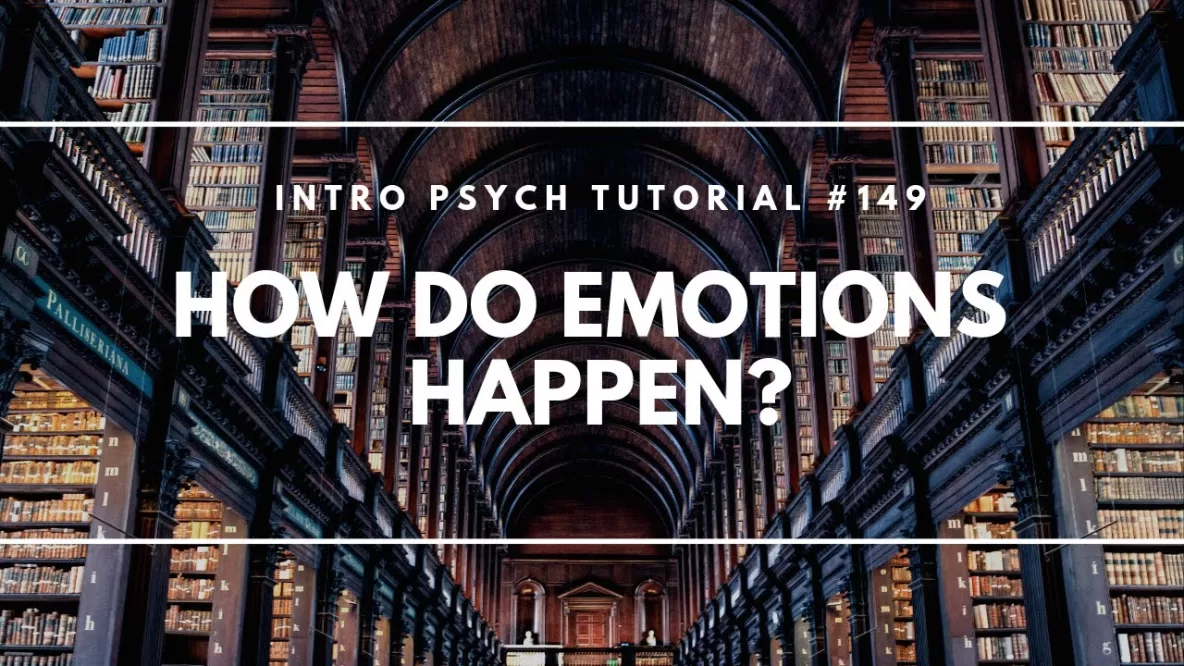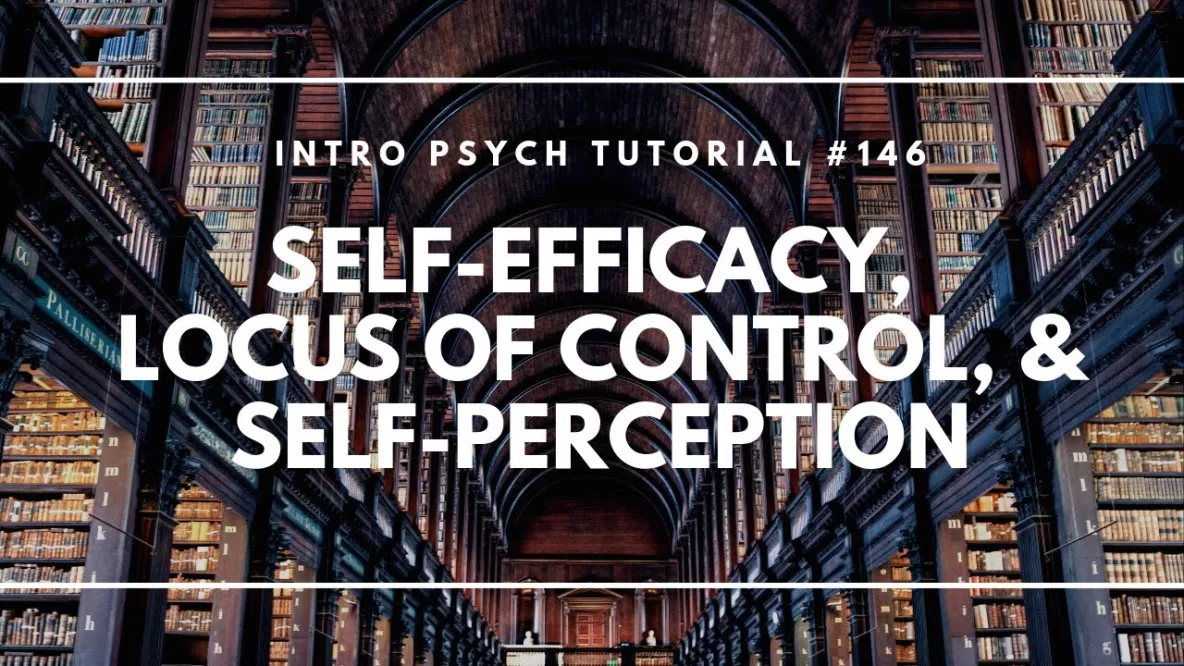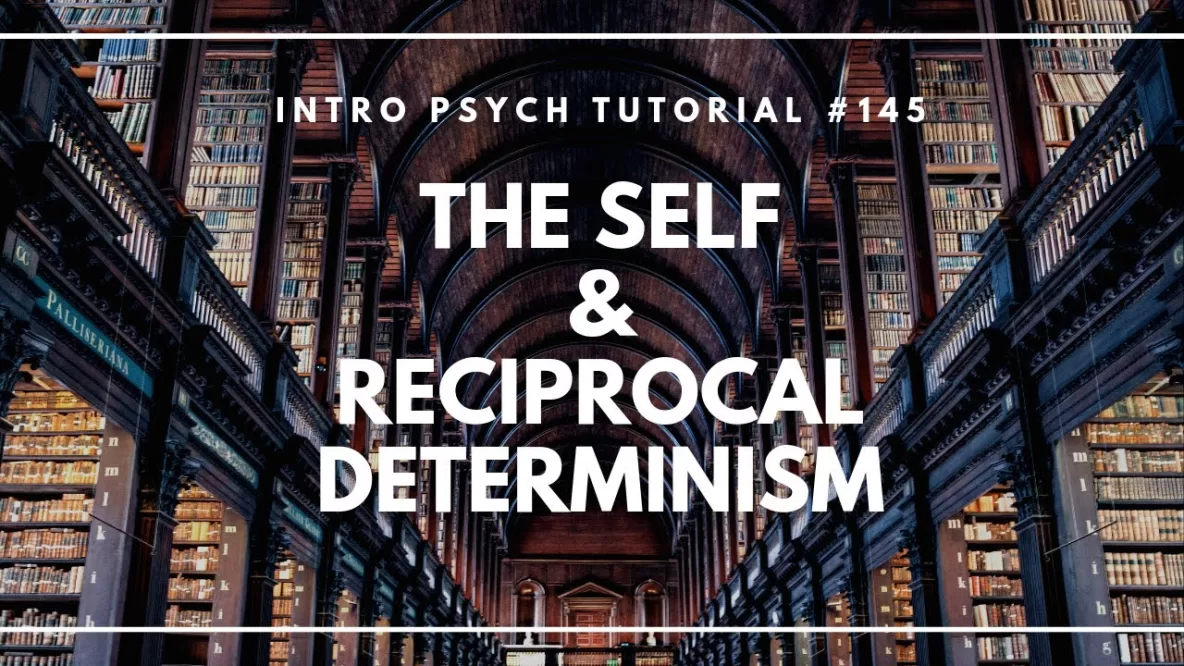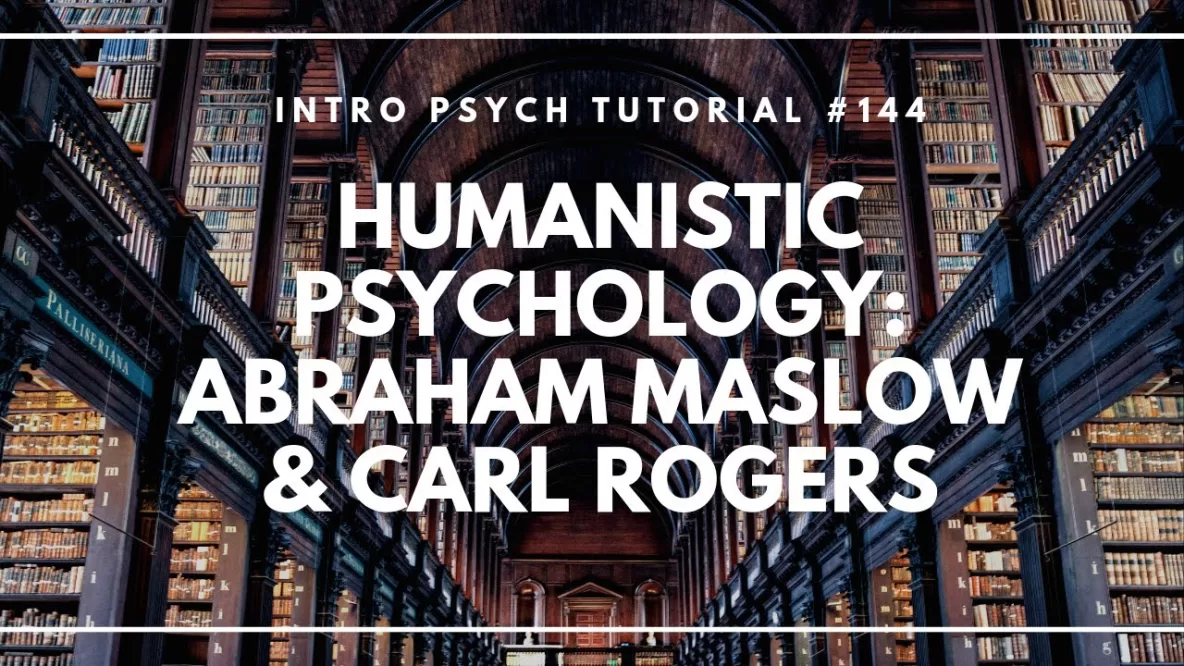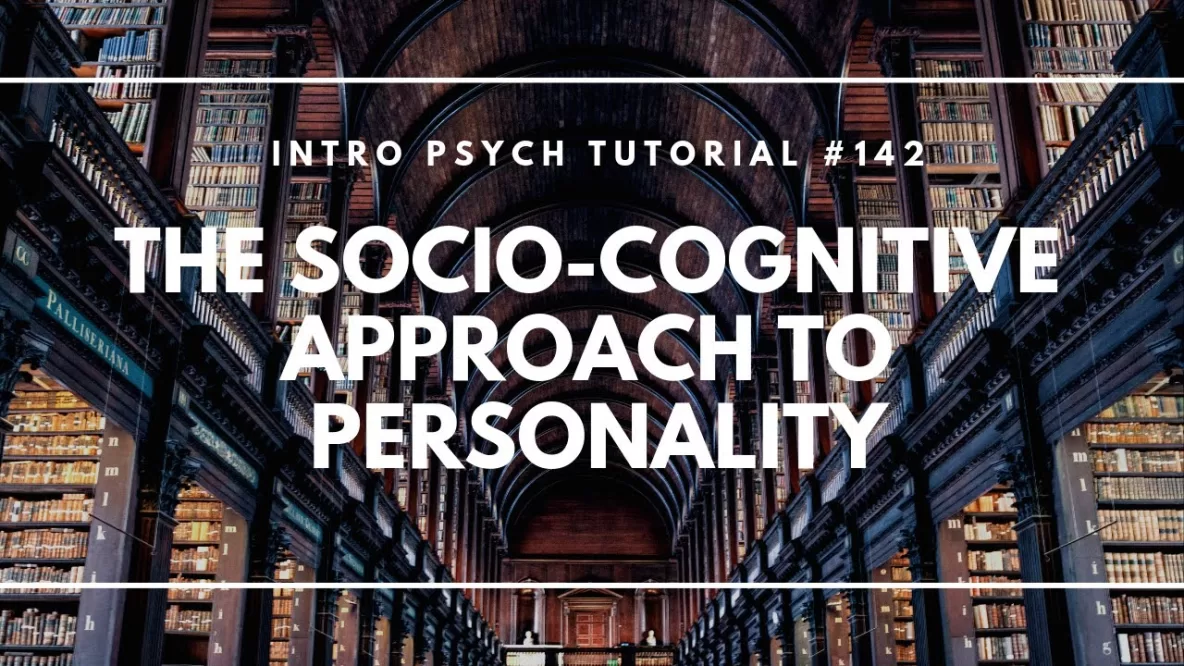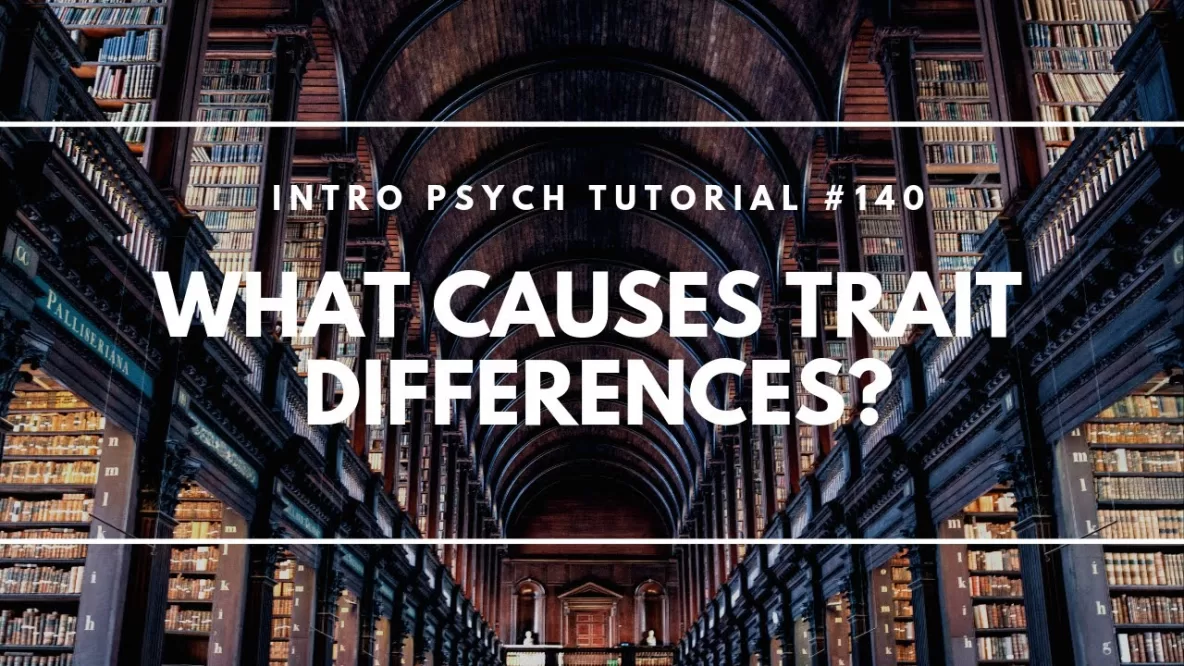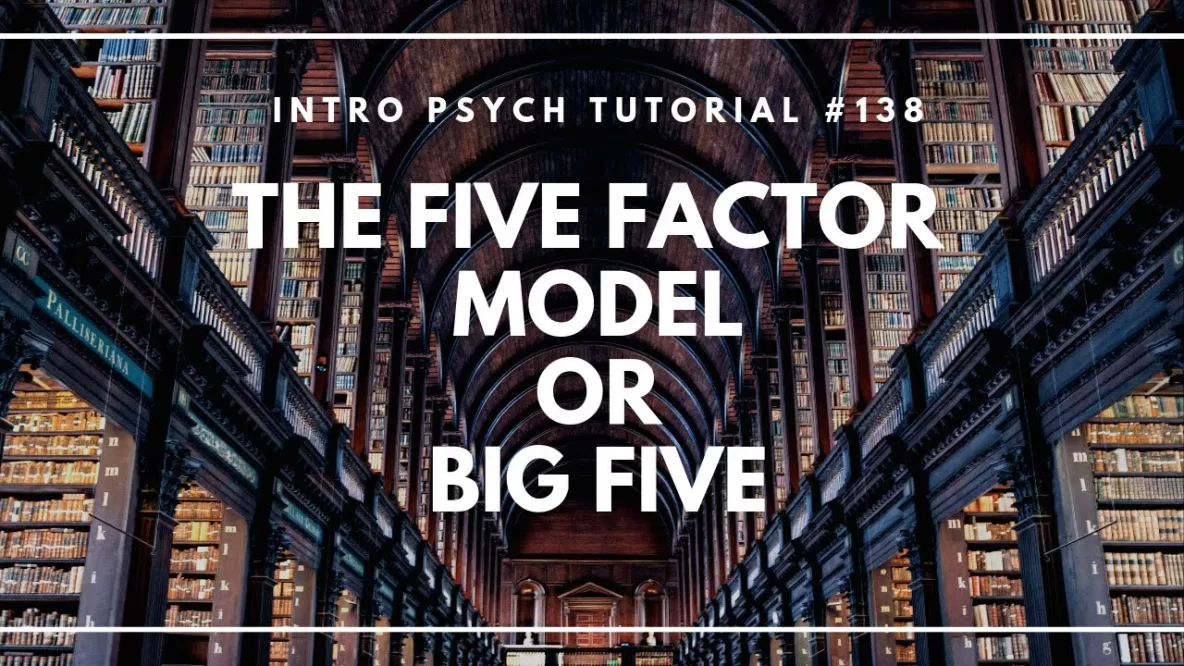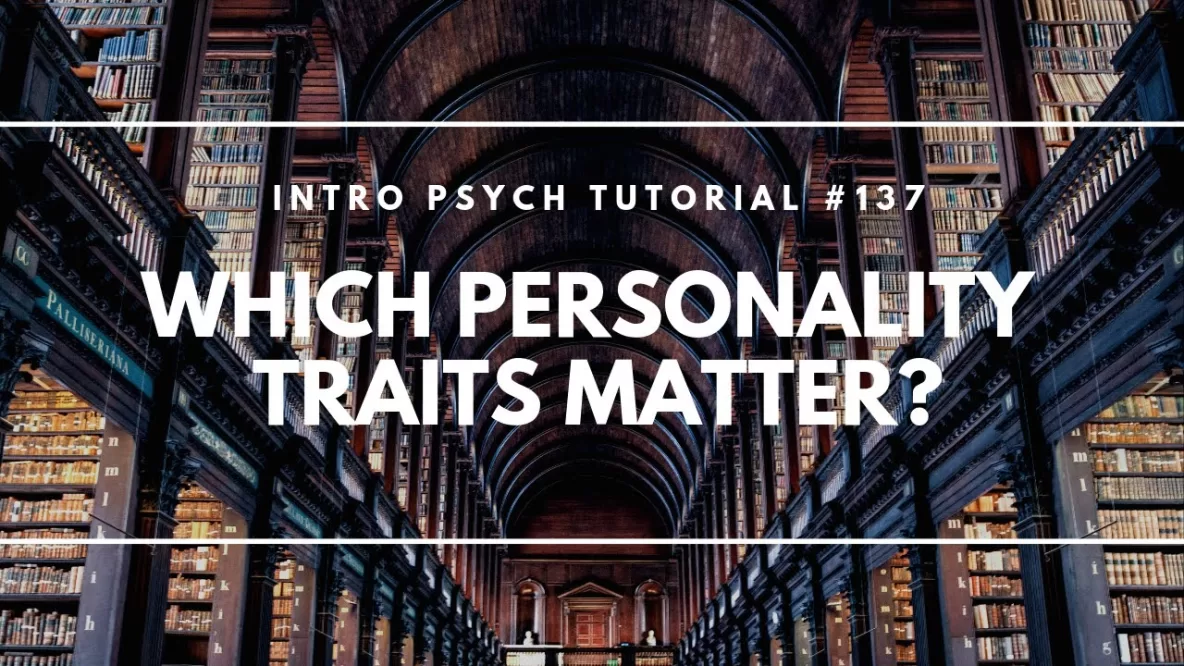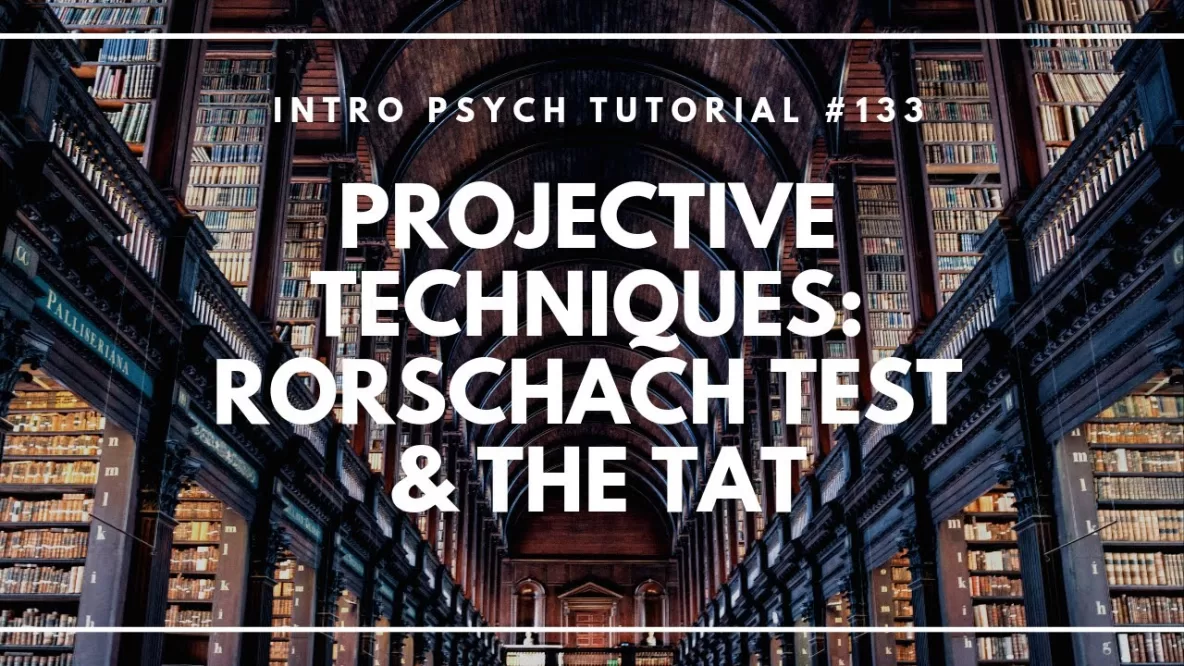In this video I describe 3 different theories of emotion which attempt to explain how emotional experiences occur. The James-Lange theory proposes that a stimulus causes physiological arousal which in turn causes the emotion. The Cannon-Bard theory of emotion proposes … Read More
What is an Emotion?
In this video I introduce the concept of multidimensional scaling to investigate emotions more objectively. This approach involves considering emotional experiences on two dimensions; valence and level of physiological arousal. Valence refers to how strongly an emotion is experienced as … Read More
Self-Efficacy, Locus of Control, & Self-Perception
In this video I discuss self-efficacy, internal vs. external locus of control, and self-perception theory. I consider how these theories relate to the process of personality transformation and personal change. Don’t forget to subscribe to the channel to see future … Read More
The Self and Reciprocal Determinism
In this video I consider how we view ourselves and how biases, personal constructs, schema, and behavior interact in shaping personality. I provide an example of Albert Bandura’s reciprocal determinism for understanding the relationship between predisposition, the social environment, and … Read More
Humanistic Psychology: Abraham Maslow & Carl Rogers
In this video I provide a short introduction to the ideas of humanistic psychologists Abraham Maslow and Carl Rogers. Maslow and Rogers both emphasized the role of an intrinsic drive towards self-actualization, or fulfilling one’s greatest potential, in shaping an … Read More
The Socio-Cognitive Approach to Personality
In this video I outline some of the major ideas for a socio-cognitive approach to personality, which emphasizes the role of cognition and the social world. I describe the importance of schema, Kelly’s “personal constructs”, Mischel’s “person variables”, and the … Read More
What Causes Trait Differences?
In this video we consider why traits might differ between people, beginning with the possible role of biological systems. Hans Eysenck suggested that introverts and extraverts differed in their levels of cortical arousal, resulting in different needs for stimulation that … Read More
The Five Factor Model or “Big Five”
In this video I briefly describe the Five Factor Model or Big Five, which considers five main dimensions of personality: openness to experience, conscientiousness, extraversion, agreeableness, and neuroticism. This model comes from the work of Robert McCrae and Paul Costa, … Read More
Which Personality Traits Matter?
In this video I describe several approaches to narrowing down personality traits into a manageable number of ways of thinking about how people differ. These include Gordon Allport‘s hierarchy of cardinal dispositions, central traits, and secondary traits, the use of … Read More
Projective Techniques – The Rorschach Inkblot Test & the TAT
In this video I explain how projective techniques have been used to assess personality. These represent an idiographic approach to assessment and focus on the unique aspects of a person’s personality. The most famous projective test is the Rorschach Inkblot … Read More

